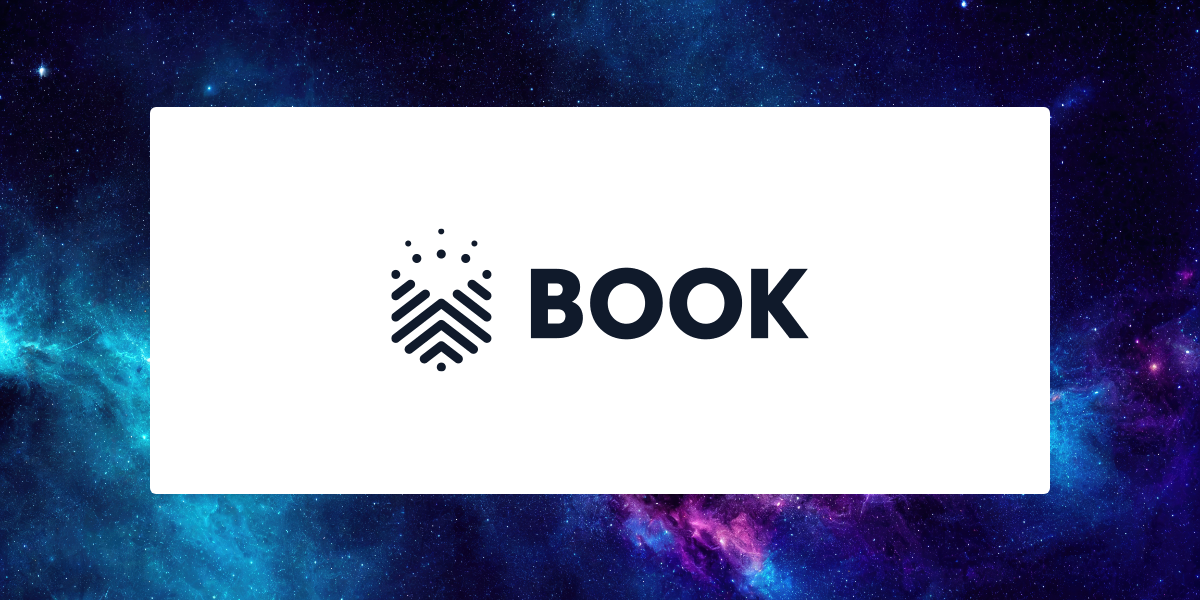-
Mithril
Mithril is a stake-based signature protocol developed for the Cardano blockchain to improve the speed and efficiency of syncing nodes, especially in light client applications, without compromising security or decentralization. Mithril is designed to make it easier for users to access and interact with the Cardano network by enabling faster bootstrapping of nodes while maintaining…
-
Record-keeping models
Record-keeping models refer to the frameworks or methods used by blockchain systems (and other digital platforms) to maintain, track, and validate data or transactions in a transparent and verifiable manner. These models ensure that records, such as financial transactions, ownership of assets, or legal agreements, are accurately captured and remain immutable over time. Blockchain technologies,…
-
Bitcoin Ordinals
Bitcoin Ordinals is a protocol that allows users to assign unique identifiers to individual satoshis (the smallest unit of Bitcoin) and attach digital content, such as images, text, or videos, to them. This process is called inscription, and it enables non-fungible tokens (NFTs) and other types of digital assets to be created and traded directly…
-
Coinbase Transaction
A coinbase transaction is the first transaction in a newly created block on a blockchain, and it is used to reward the block producer (miner or validator) for successfully creating and adding the block to the blockchain. This transaction is special because it creates new cryptocurrency out of thin air, which is the mechanism by…
-
Block Structure (Cardano)
Cardano’s block structure refers to the organization and format of data within a block in the Cardano blockchain. Each block contains several key components, including transaction data, metadata, and cryptographic proofs, which collectively enable the secure and verifiable operation of the blockchain. Cardano’s block structure is designed to be efficient and scalable, leveraging its Ouroboros…
-
Verifiable Random Functions (VRF)
A Verifiable Random Function (VRF) is a cryptographic tool used in Cardano to ensure fairness and security in the process of selecting slot leaders within the network’s Ouroboros Proof-of-Stake (PoS) consensus mechanism. VRFs generate a random and verifiable output that helps Cardano choose which stake pool will produce the next block, ensuring that the selection…
-
Longest Chain Rule
The Longest Chain Rule is a fundamental concept in blockchain consensus mechanisms, particularly in Proof of Work (PoW) systems like Bitcoin. It states that the valid blockchain is the one that has the most accumulated work, meaning the chain with the most blocks or the greatest amount of computational power (difficulty) invested in it. In…
-
CIPs (Cardano Improvement Proposals)
CIPs (Cardano Improvement Proposals) are formal documents that outline proposed changes, enhancements, or new features for the Cardano blockchain. They are designed to provide a structured process for suggesting and discussing improvements to the Cardano ecosystem. CIPs are similar to other blockchain improvement systems like BIPs (Bitcoin Improvement Proposals) or EIPs (Ethereum Improvement Proposals). They…
-

Key Stakeholders Behind Cardano: The People Shaping the Future of Blockchain
Cardano is one of the most innovative blockchain platforms in the world, distinguished by its academic rigor, secure infrastructure, and commitment to decentralization. Unlike many other blockchain projects, Cardano’s development is rooted in peer-reviewed academic research, which helps ensure its security, scalability, and long-term sustainability. Behind this ambitious project is a diverse team of visionaries,…
-

Book.io
Book.io is a decentralized platform that enables the distribution and ownership of eBooks and audiobooks through the use of blockchain technology and Non-Fungible Tokens (NFTs). Built on blockchain networks such as Cardano and Polygon, Book.io aims to revolutionize the way digital books are published, bought, and owned by offering readers true digital ownership and allowing…
